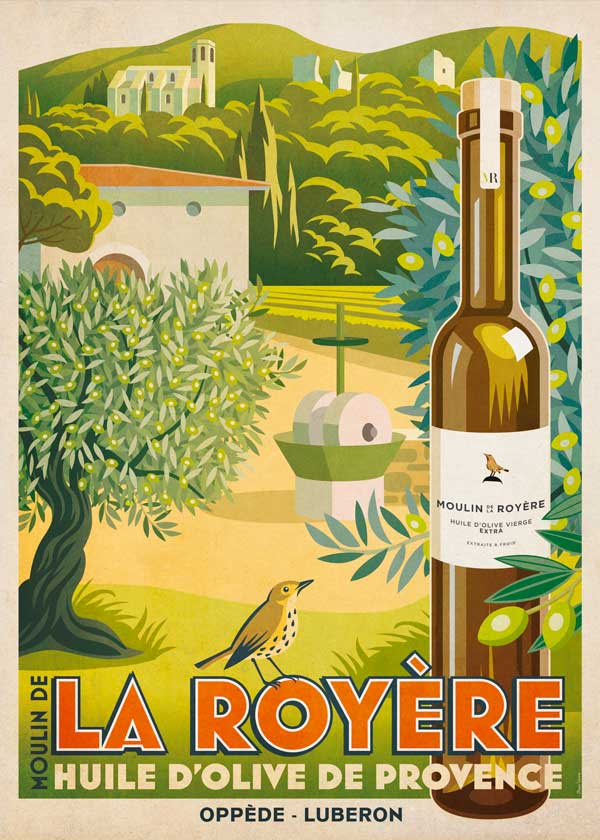A Convivial and Educational Journey through Time
From picking to production, old presses to modern technology: The Olive Oil Museum presents a unique journey into the prestigious condiment of the Mediterranean Cuisine’s history. Discover an entertaining tour highlighted through original scenography and multimedia presentations.
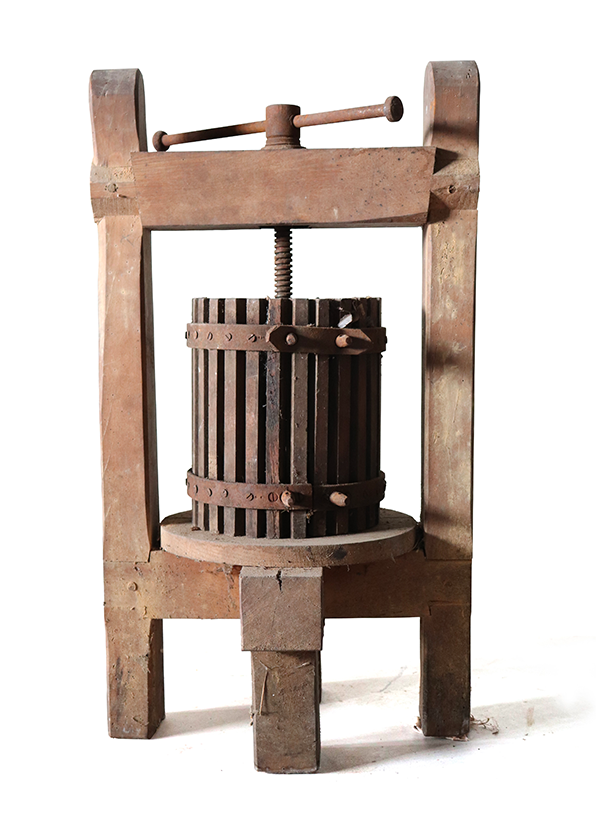
Cultivating & Harvesting
The domesticated Olea Europa olive tree specie adapts very well to dry and sunny climates. Pruning is performed at the end of winter to maintain open space in the center of the tree, which enables sunlight to reach all the branches. Harvesting is performed with rakes that literally comb the branches and begins in November when the fruits become ripe.
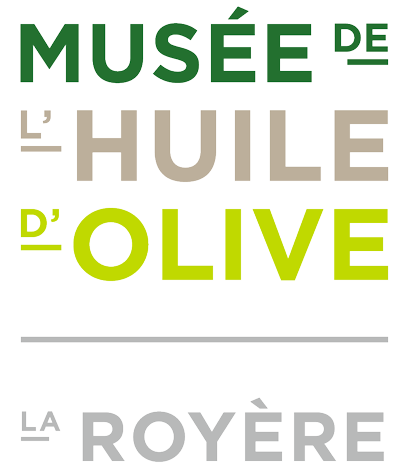
The Different Crushing Techniques and Ancient Presses
Explore around 30 different pressing units, cultivation tools, transport and storage equipments, miller tools… All ancient and exclusive pieces from different regions of the Mediterranean Basin.
The identical reconstruction of an antique mill from the town of Monticello in Corsica that depicts the olive oil manufacturing stages of the 1930s. Many original pieces from the mill have been gathered and thoroughly restored to be showcased at the Museum.
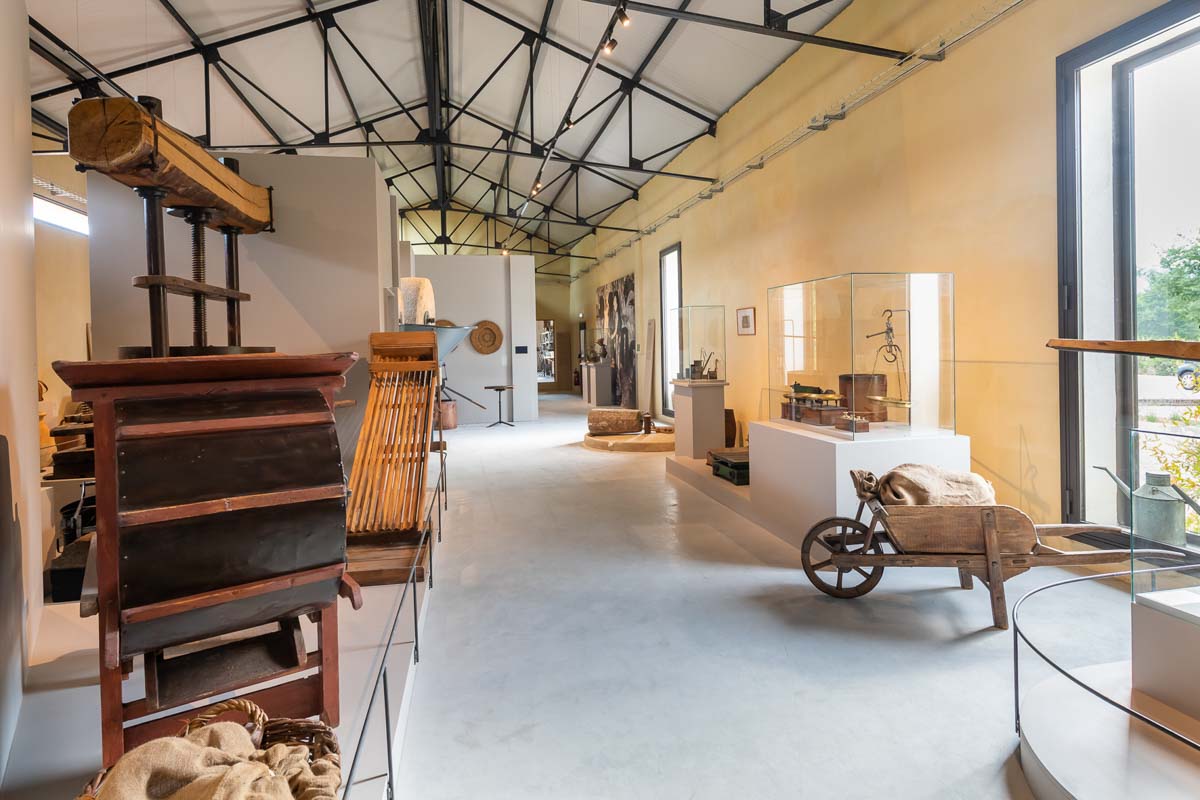
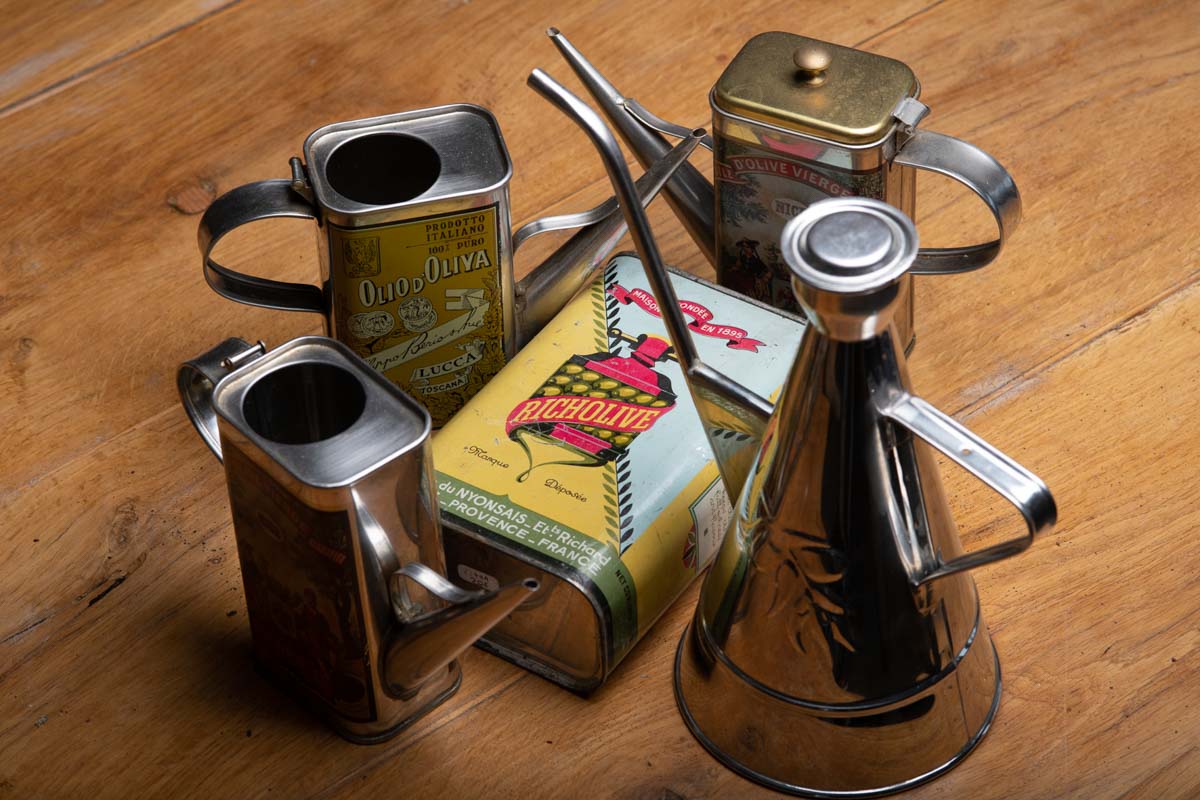
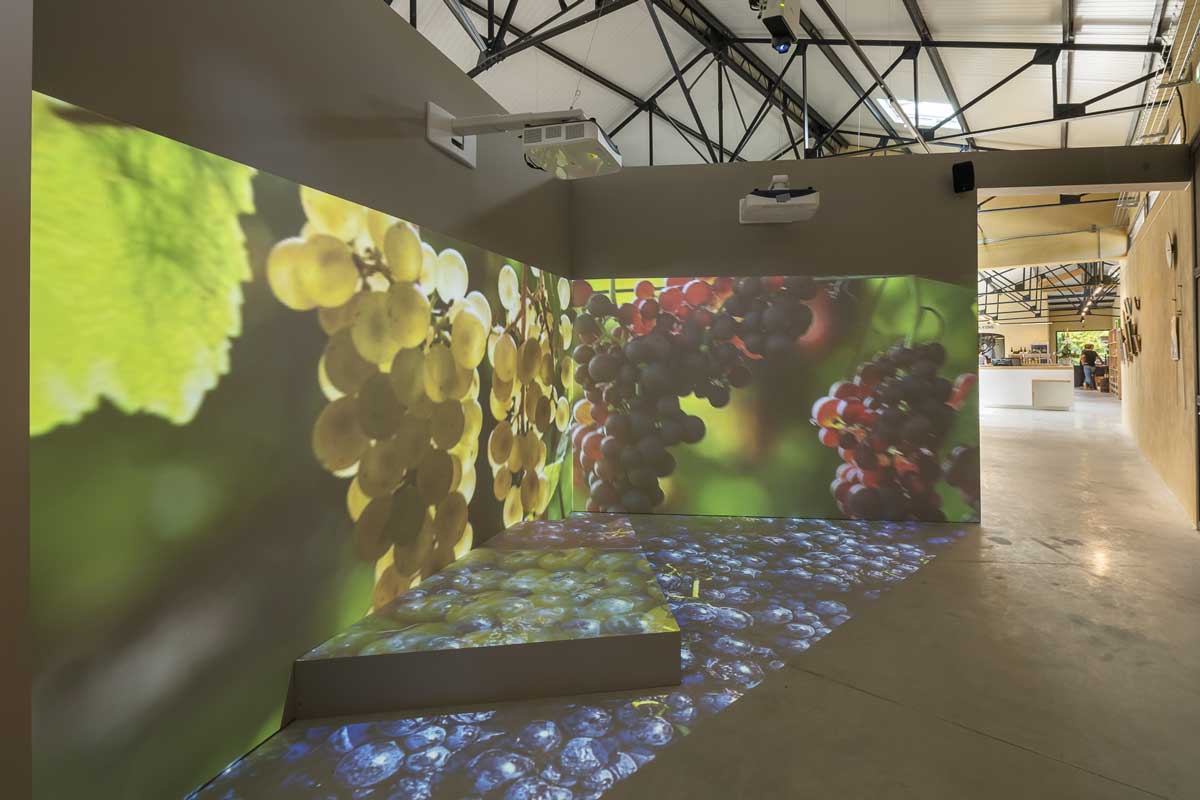
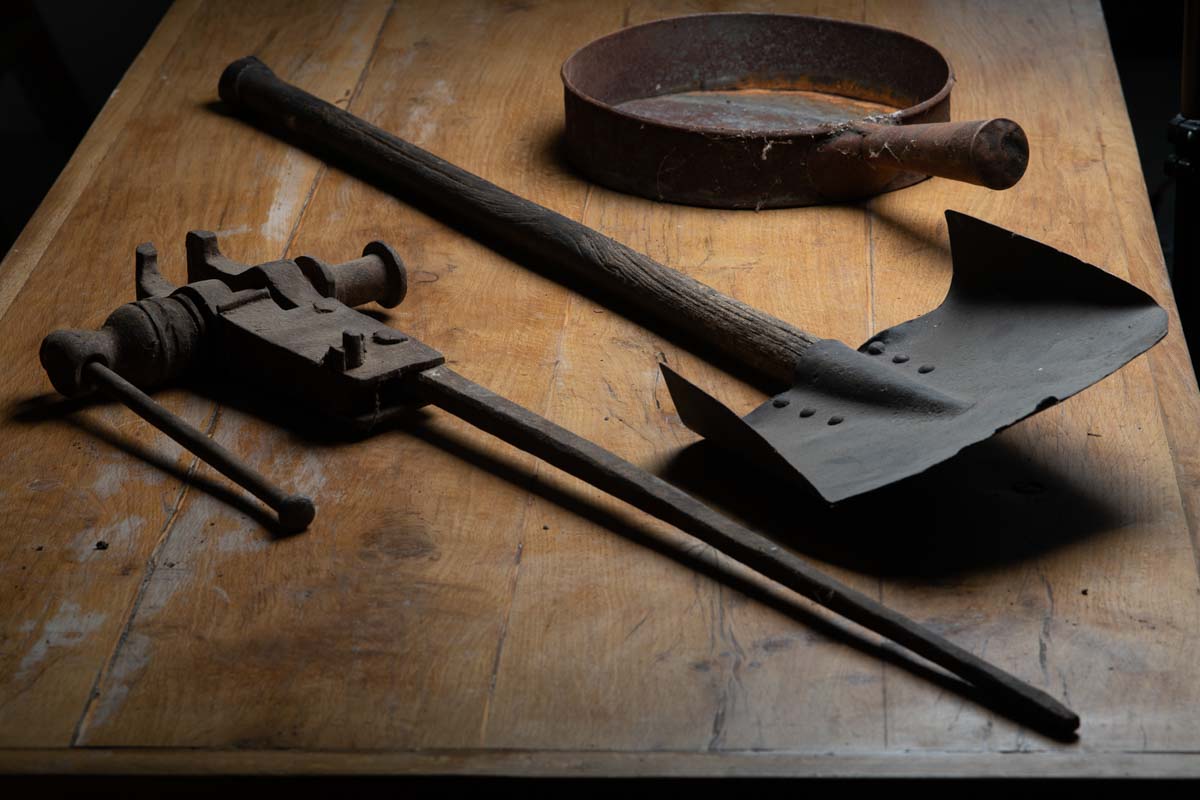
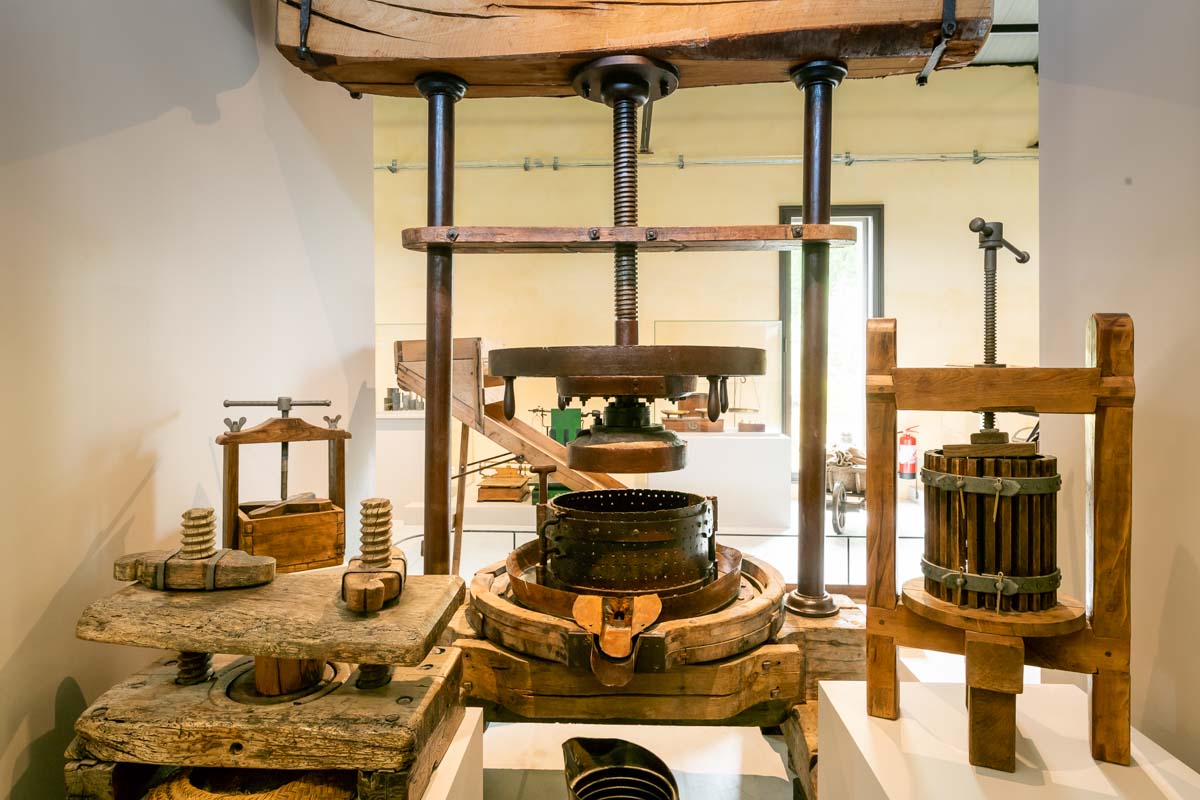
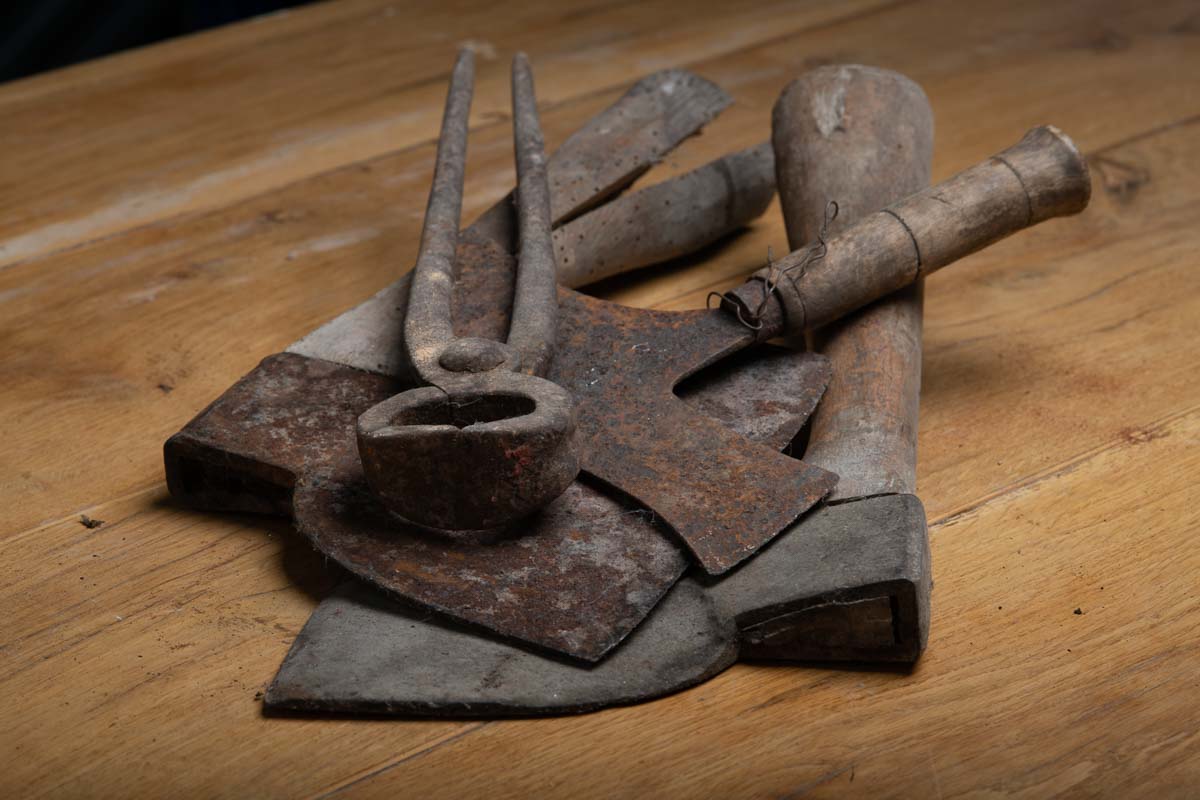
Testimony
But why The Olive Oil Museum? Jean-Pierre Hugues, founder of La Royère:
« The first reason for creating this space is I had planted olive trees about ten years ago that were beginning to produce olives, which had to be used somehow besides tapenade for our personal consumption.
The other reason is a little more concerning: I am convinced that climate change has initiated. We had just witnessed two grape harvests with yields cut by two. As winegrowers, we had to come up with a new division for La Royère with hopes that each year, at least one of both productions would not be harshly affected by climatic events.
In the end, I begun looking into modern means of production, only to notice that they are now completely different from what they used to be ».
« In the museum’s final chapter, I wanted to insist on what brings olive oil and wine together: the Cretan Diet. As we well know, and it cannot be said often enough, France is the country where cardiovascular diseases are the scarcest, especially in the southern regions and the wine regions ».
« I have therefore embarked on this work of remembrance which constitutes this museum project. I have collected items and machinery all related to olive oil over the years, it has been a lengthy process. ».

